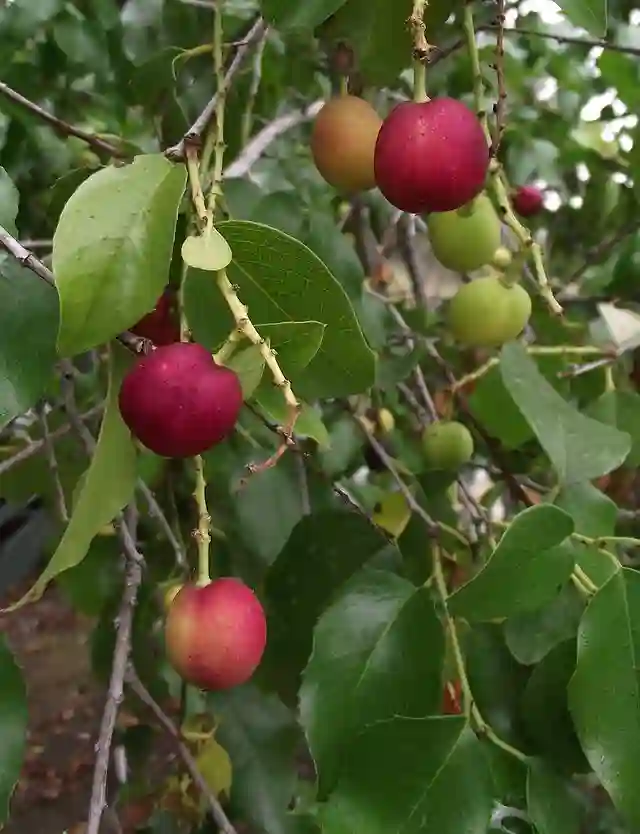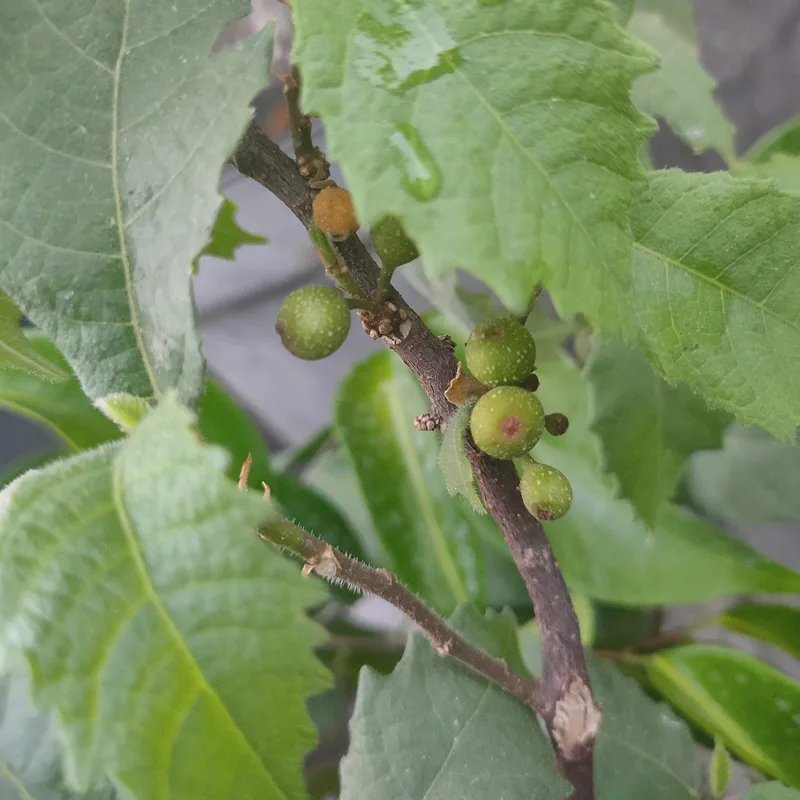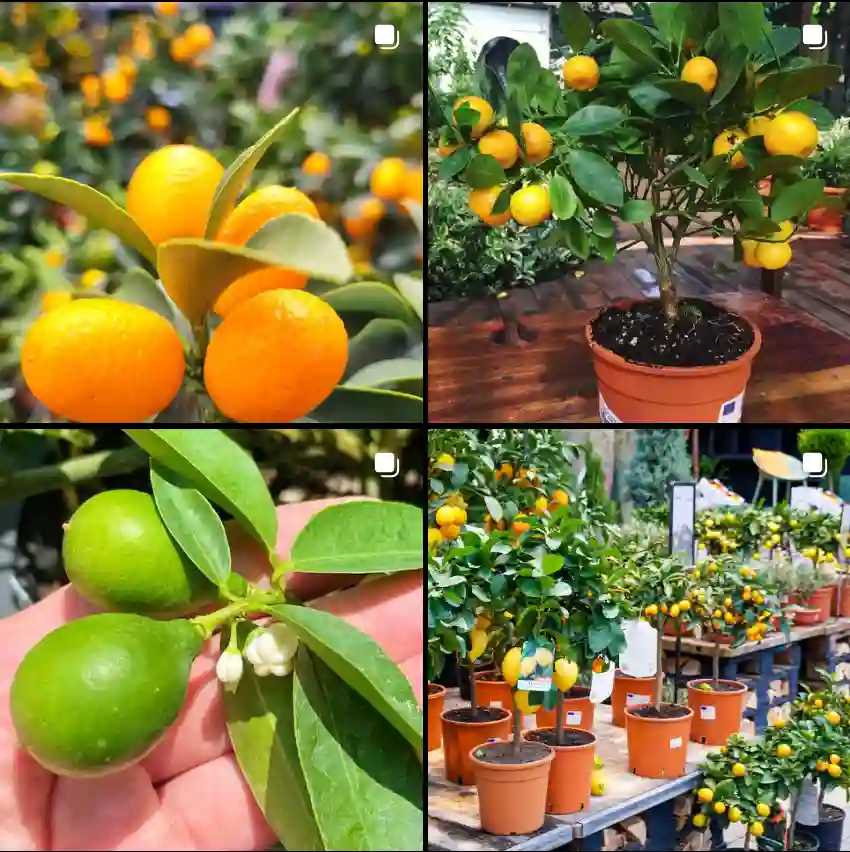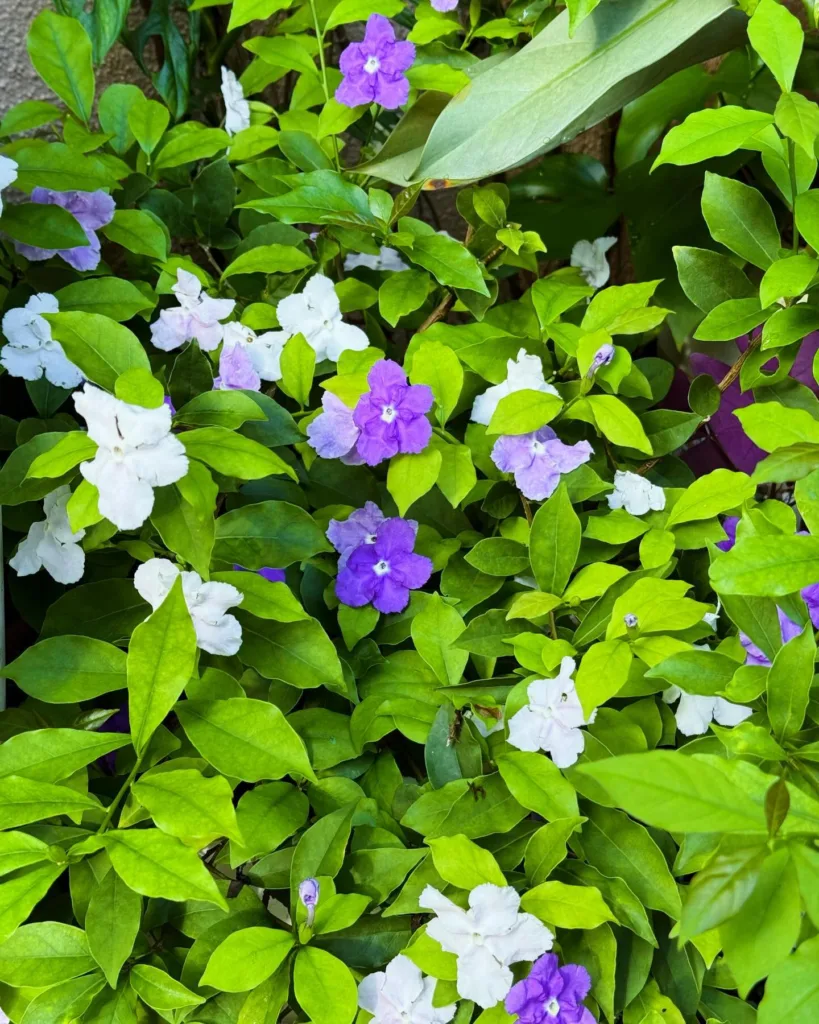The Tuckeroo: A Resilient Aussie Beauty with Hidden Depths
For years, I’ve been captivated by the Australian landscape. The eucalyptus with their koala companions, the vibrant coral reefs teeming with life – it’s a land brimming with unique flora and fauna. One particular tree, the Cupaniopsis anacardioides, has recently piqued my interest. This Aussie native, with its multiple common names like Tuckeroo, carrotwood, and beach tamarind, boasts a resilience and beauty that compels me to learn more.
What is Cupaniopsis anacardioides?
The Cupaniopsis anacardioides is a stunning evergreen tree belonging to the soapberry family, Sapindaceae. Reaching heights of 8-15 meters, it’s a familiar sight along the eastern and northern coastlines of Australia. Thriving in littoral rainforests on sandy soils and near estuaries, the Tuckeroo showcases a dense canopy of dark green, glossy, pinnately compound leaves. In spring, it produces clusters of greenish-white flowers, followed by a burst of bright orange fruit come springtime.
Can You Eat Cupaniopsis anacardioides?
While the Tuckeroo’s vibrant orange fruit might seem tempting, it’s best to admire them from afar. The flesh itself is reported to be inedible, and the seeds contain a toxin that can cause illness. However, the Aboriginal Australians have a long history of utilizing the seeds for medicinal purposes. According to some sources, the seeds were ground into a paste and applied externally to treat skin ailments. It’s important to remember that traditional medicine practices should only be undertaken under the guidance of a qualified professional.
How to plant and care for the Tuckeroo?
The Tuckeroo’s resilience and adaptability make it a popular choice for landscaping in its native Australia. If you’re considering adding this beauty to your garden, here are some things to keep in mind:
- Sunlight: The Tuckeroo thrives in a sunny or partially shaded location.
- Soil: Well-drained soil is crucial. Sandy soils or those amended with sand will provide the ideal growing conditions.
- Watering: Regular watering is essential for young trees, but once established, the Tuckeroo is quite drought tolerant.
- Mulching: Apply a layer of mulch around the base of the tree to retain moisture and suppress weeds.
How to propagate Tuckeroo?
There are two main methods for propagating the Tuckeroo:
- Seeds: Fresh seeds collected from ripe fruit have the highest germination rate. Soak them in warm water for a few days before planting in a well-draining potting mix. Germination can take several weeks.
- Cuttings: Semi-hardwood cuttings taken in late summer or early autumn can be rooted in a pot filled with a mixture of sand and potting mix. Maintain consistent moisture and provide bottom heat for faster rooting.
What to Plant with the Tuckeroo?
The Tuckeroo’s versatility allows it to be incorporated into various garden designs. Here are some ideas for companion plants:
- Low-growing shrubs: Grevilleas, Callistemons (bottlebrushes), and Westringia all provide a colorful contrast to the Tuckeroo’s green foliage.
- Groundcovers: Native grasses like kangaroo grass or lomandra add texture and visual interest to the understory.
- Flowering perennials: Consider adding splashes of color with kangaroo paw, emu bush, or native hibbertia.
By selecting plants with similar water and light requirements, you can create a thriving and aesthetically pleasing garden that complements the beauty of the Tuckeroo.
The Allure of the Tuckeroo
The Tuckeroo is more than just a visually striking tree. Its resilience in harsh environments and its historical significance for the Aboriginal Australians add depth to its appeal. While its fruit might not be for human consumption, the Tuckeroo offers a bounty for birds and other wildlife. Whether you’re captivated by its vibrant foliage, fragrant flowers, or ecological importance, the Tuckeroo is a true Aussie icon that deserves a place in our gardens and hearts.
If i die, water my plants!



